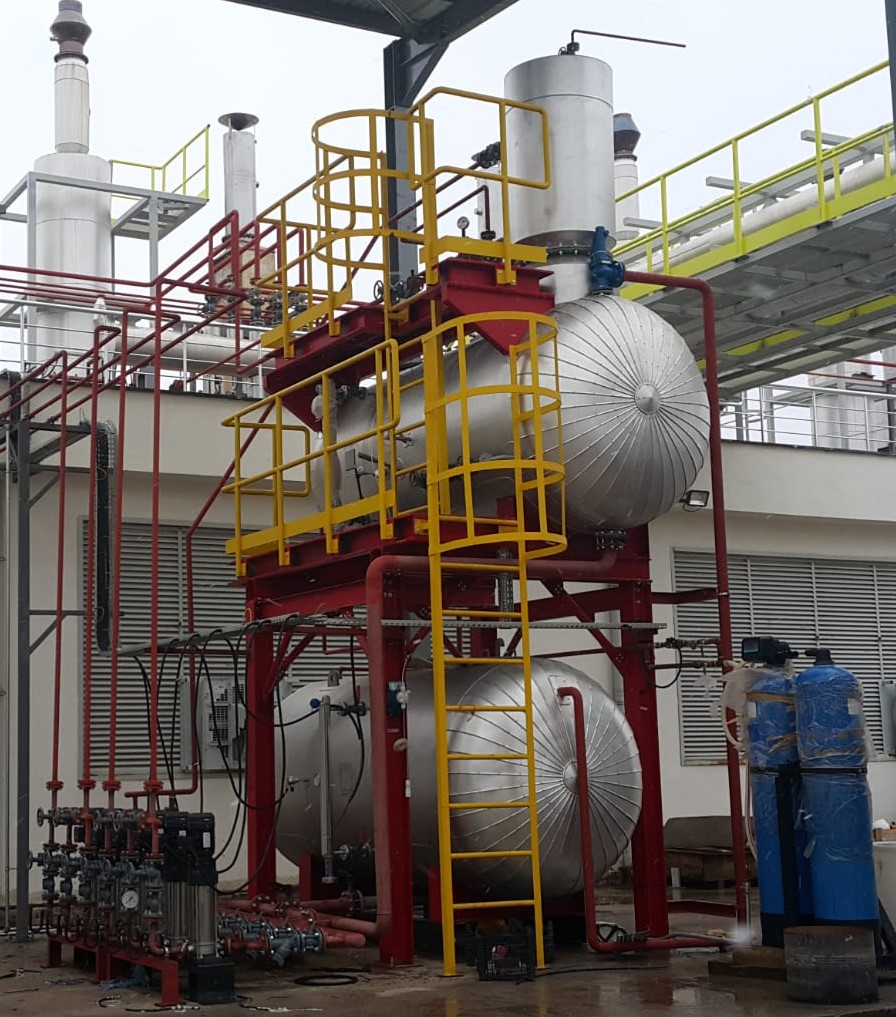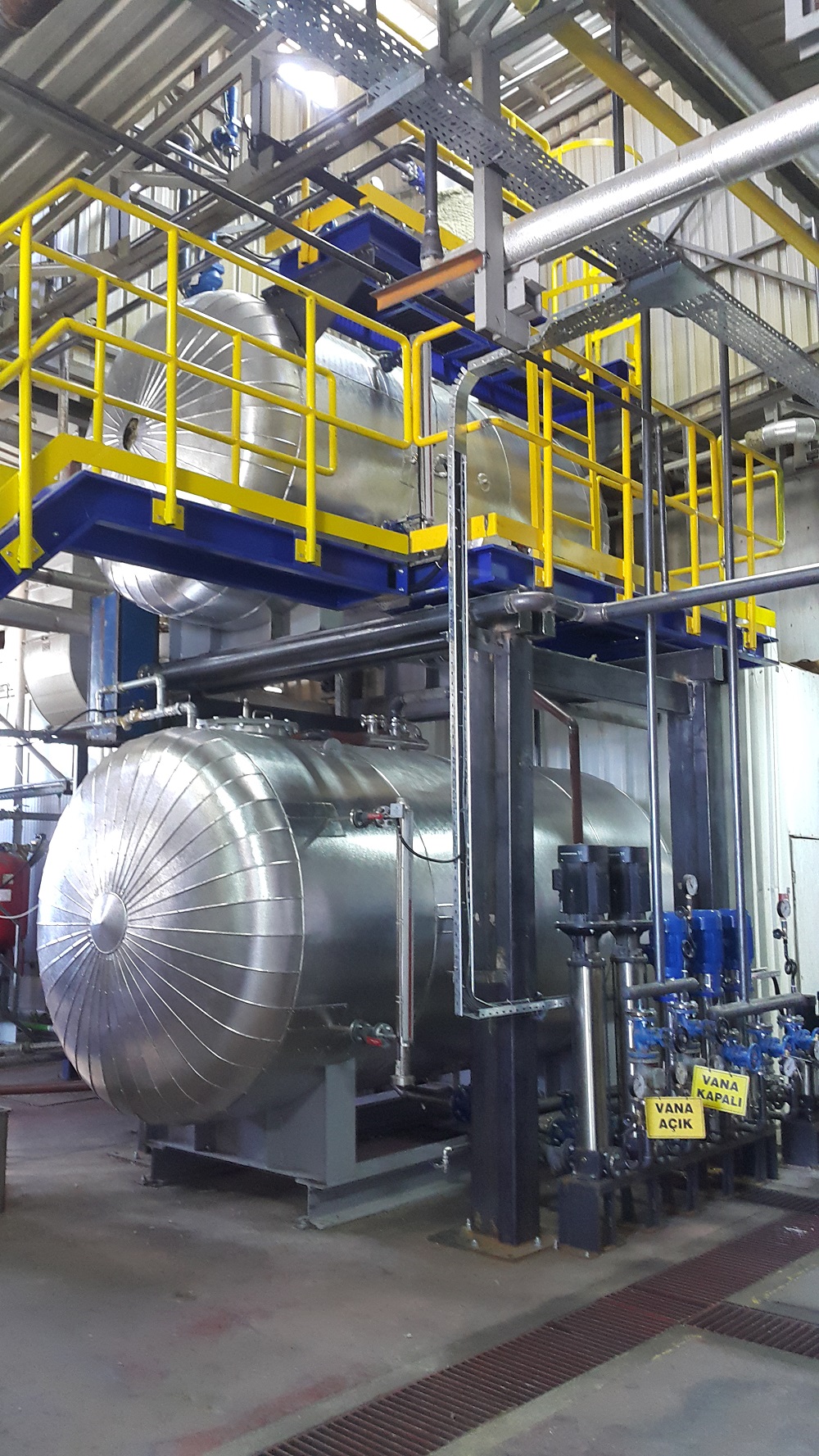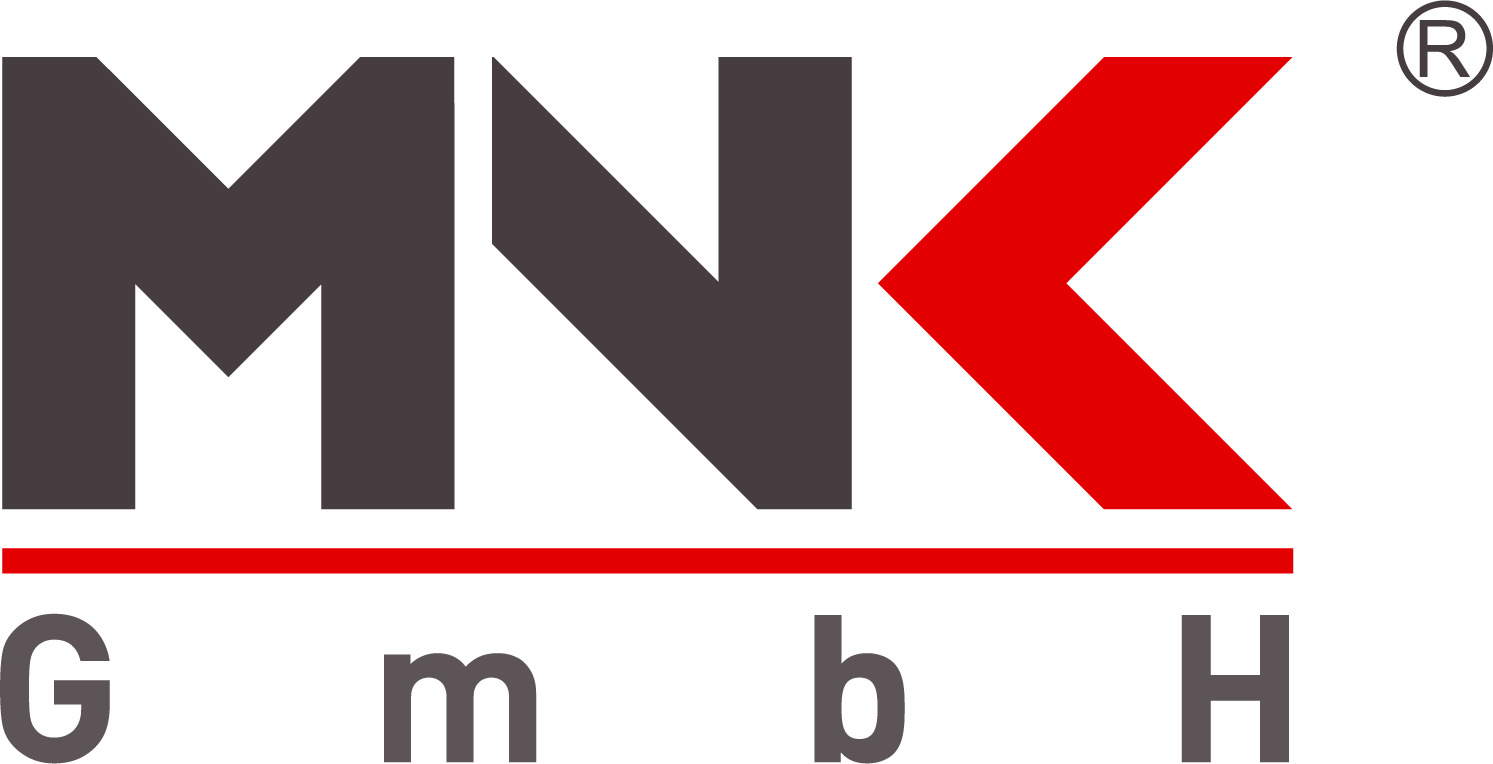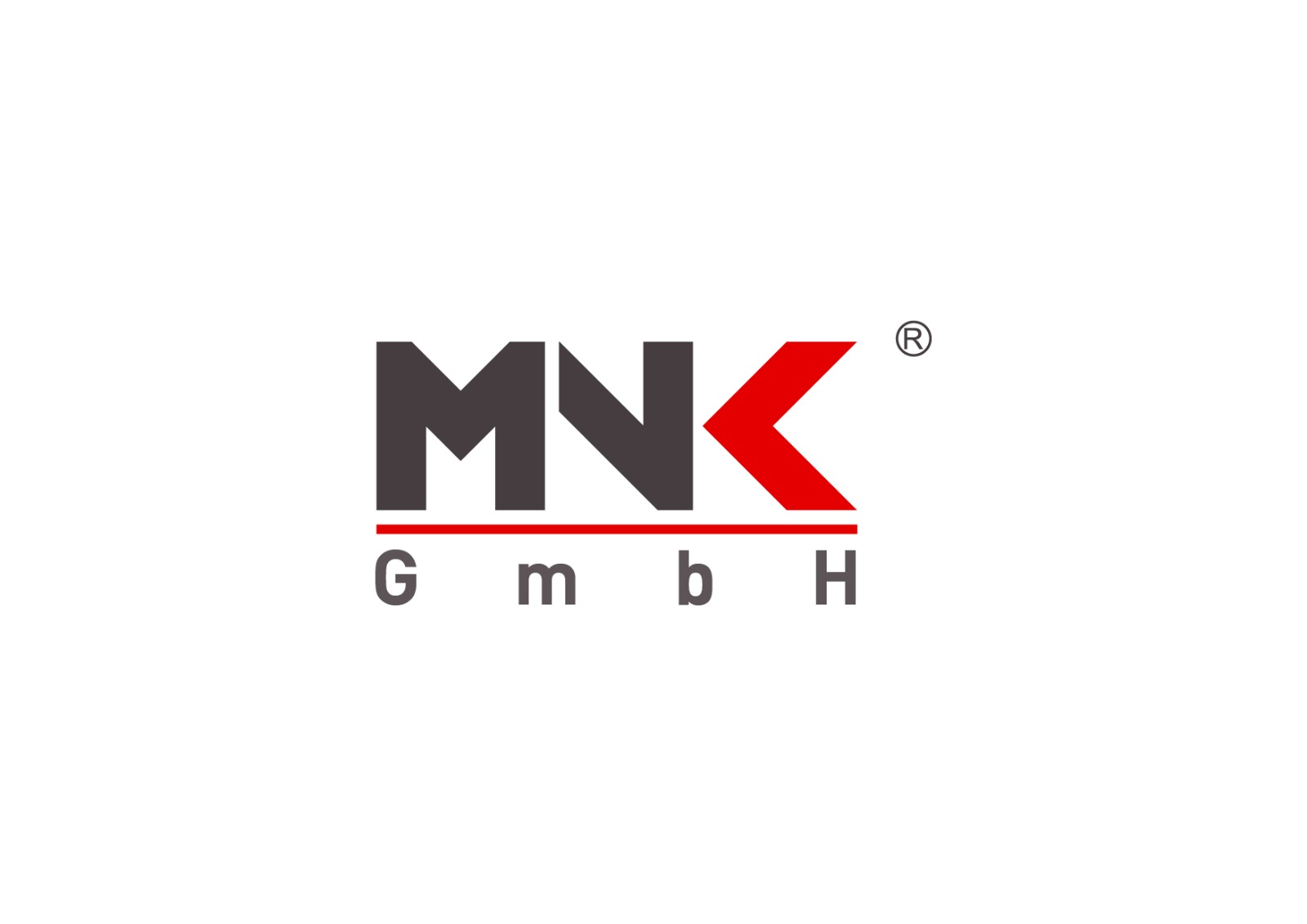Deaerators are used to remove the dissolved gases from the feed water for steam boilers by thermal method.
The dissolved gases normally present in water cause many corrosion problems. For
instance, oxygen in water produces pitting that is particularly severe because of its
localized nature. Carbon dioxide corrosion is frequently encountered in condensate
systems and less commonly in water distribution systems. Water containing
ammonia, particularly in the presence of oxygen, readily attacks copper and copperbearing
alloys.
The
resulting
corrosion
leads
to
deposits
on
boiler
heat
transfer
surfaces
and
reduces
efficiency
and
reliability.
In order to meet industrial standards for both oxygen content and the allowable metal oxide levels in feedwater, nearly complete oxygen removal is required. This can be accomplished only by efficient mechanical deaeration supplemented by an effective and properly controlled chemical oxygen scavenger.
In deaerators, the dearator tower has trays which are stacked on top of each other, dividing the make-up water into particles, which are heating up with steam and release the dissolved gases.
In order to meet industrial standards for both oxygen content and the allowable metal oxide levels in feedwater, nearly complete oxygen removal is required. This can be accomplished only by efficient mechanical deaeration supplemented by an effective and properly controlled chemical oxygen scavenger.
In deaerators, the dearator tower has trays which are stacked on top of each other, dividing the make-up water into particles, which are heating up with steam and release the dissolved gases.
Key Features
| Type | Material | Capacity | Pressure | Efficiency * | Design Life |
|---|---|---|---|---|---|
| Thermal | Carbon Steel or Stainless Steel | up to 100 t/h | 0,2 ~ 0,3 barg | < 5 - 12 ppb | 30 years |
*) Dissolved Oxigen


Advantages
Thermodynamic performance
Is achieved by storage tank
heater for quick reaching to normal working conditions.
Precise steam pressure regulation
Thanks to two-stage
steam pressure regulation (first step self-actuating and
second step pneumatic actuated modulating control valve) to
control the steam pressure precisely against capacity change
and make-up water temperature and pressure fluctuations.
Deaerator operation on the ground
s provided by the use
of low NPSH feed water pumps.
Feed Water Pump dry run protection
Thanks to multible
storage tank water level setting opportunity.
Have any Questions?
Call us Today!
1-800-765-8327
About Our Company
One of the most important aspects of certification is traceability. MNK has
established a traceability system according to the heat number, order and
certificate numbers for all materials used in the pressure parts as required by the
standards. MNK transfers permanent hard stamps on the materials and keep the
records for 10 years...
Download PDF


